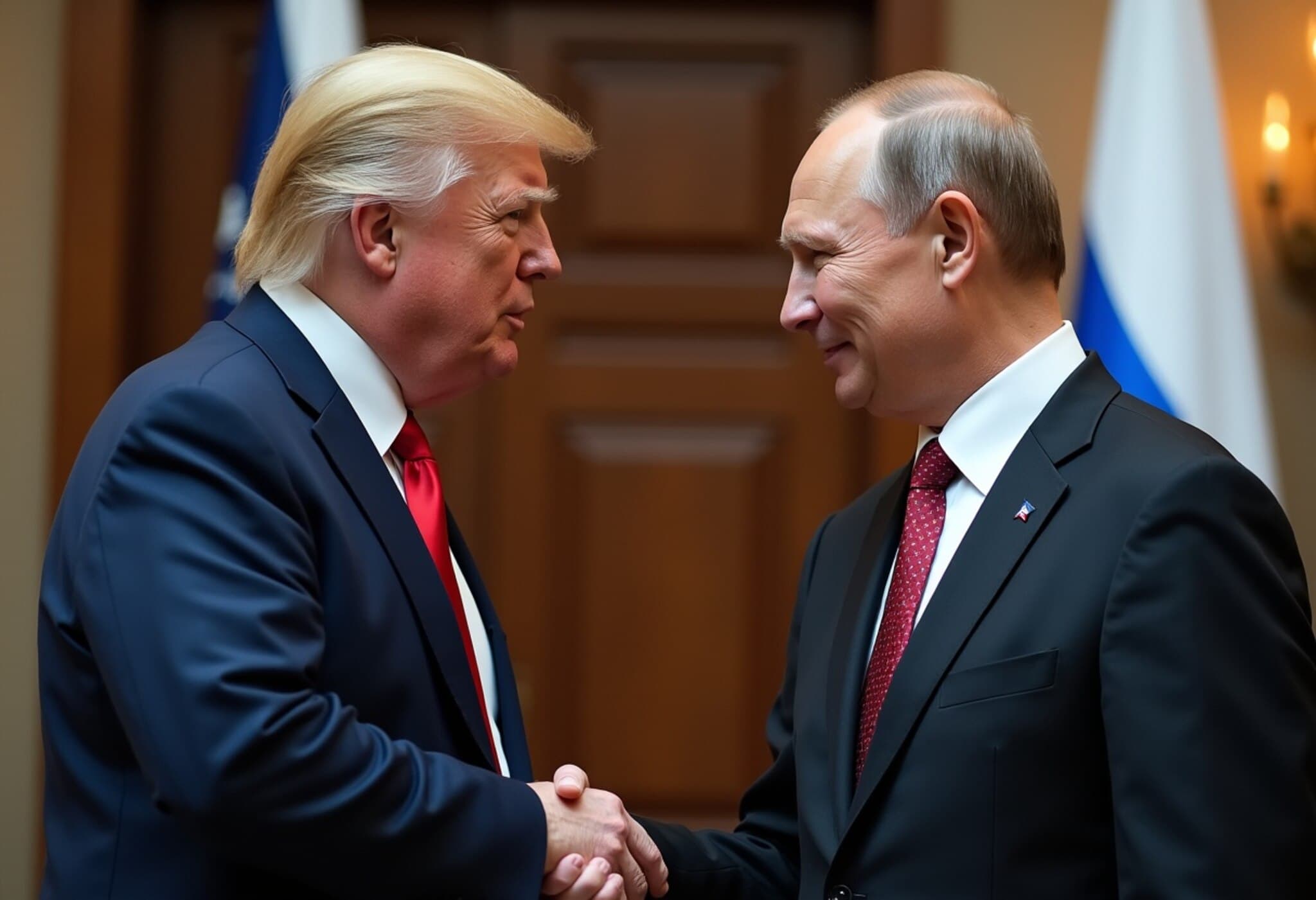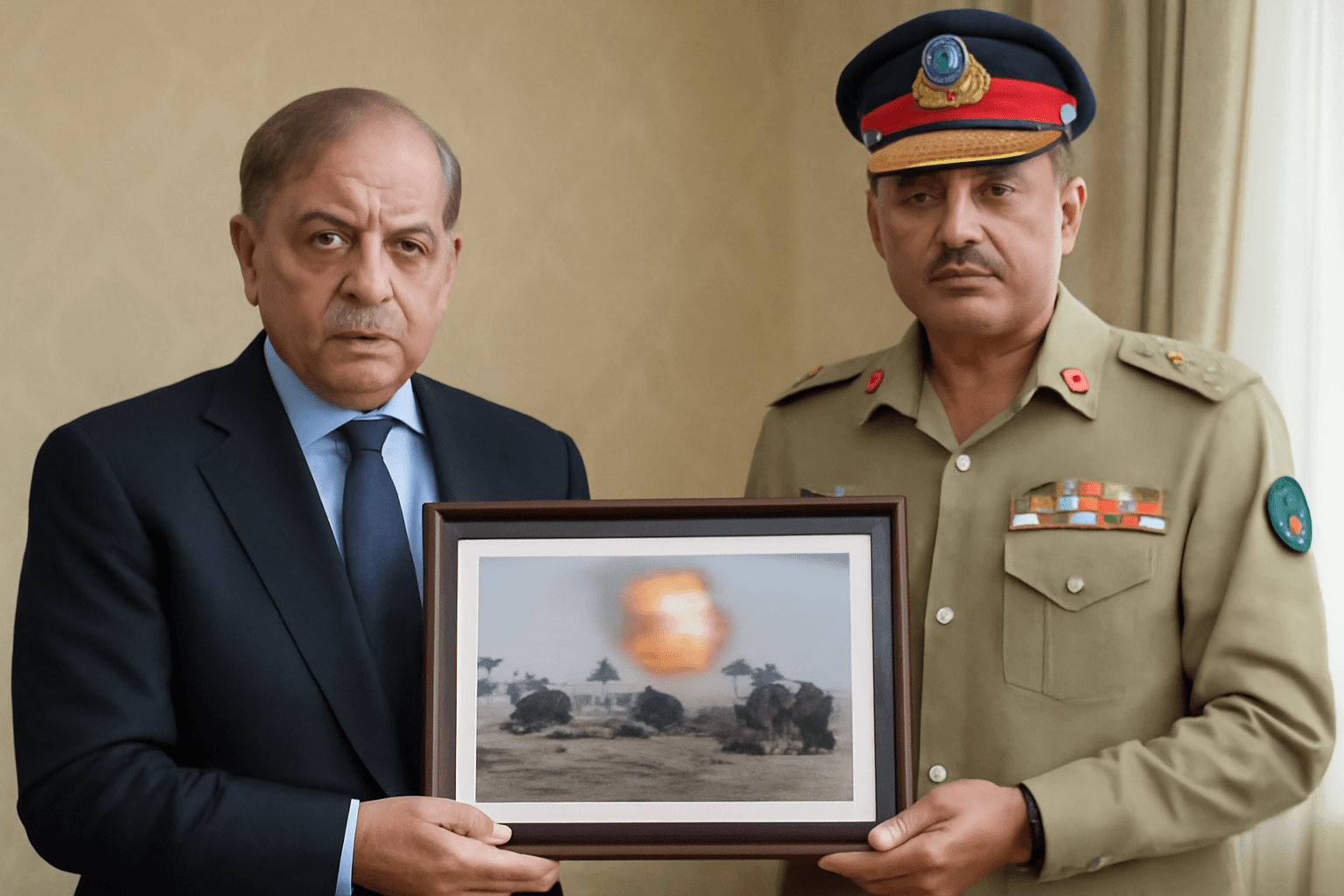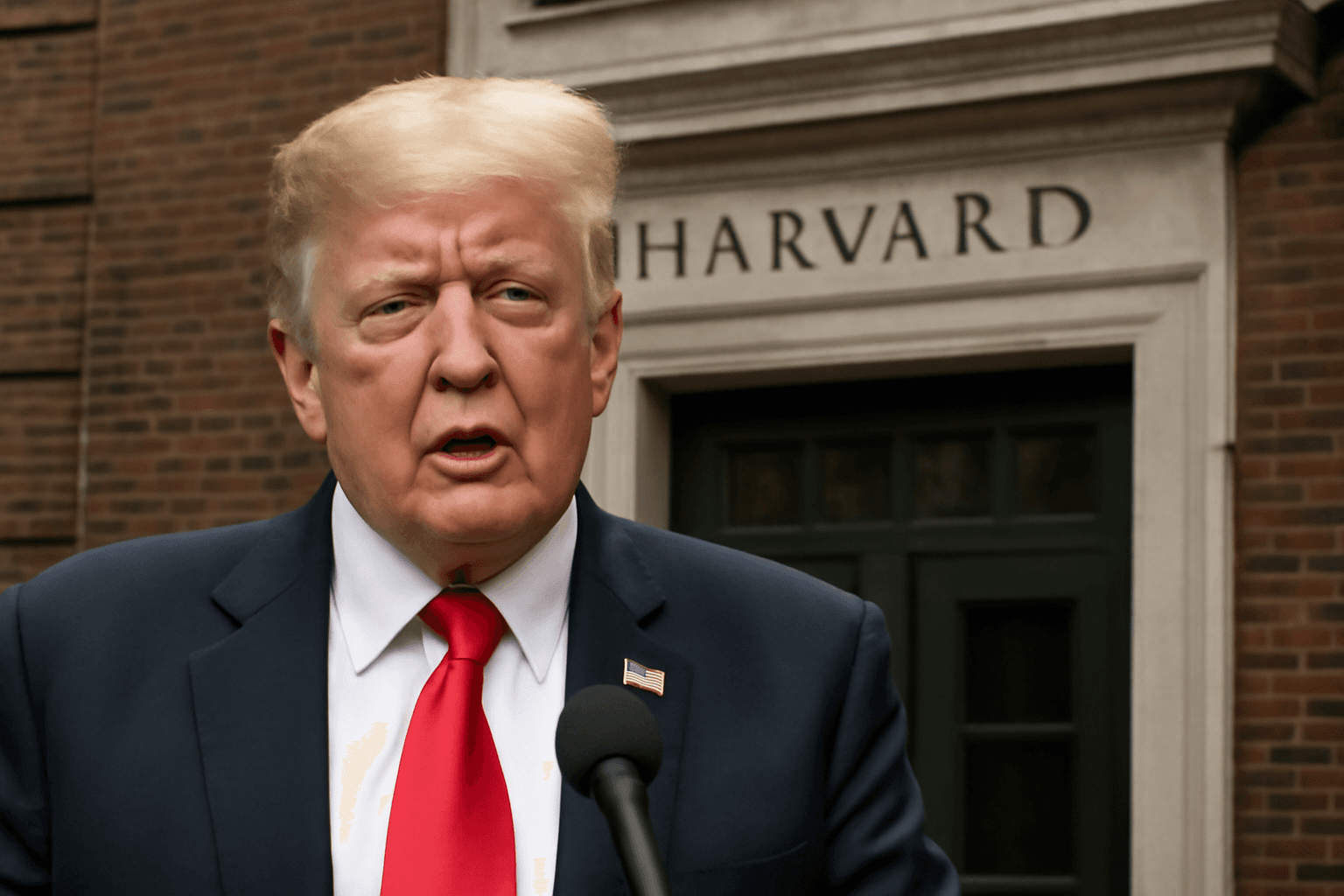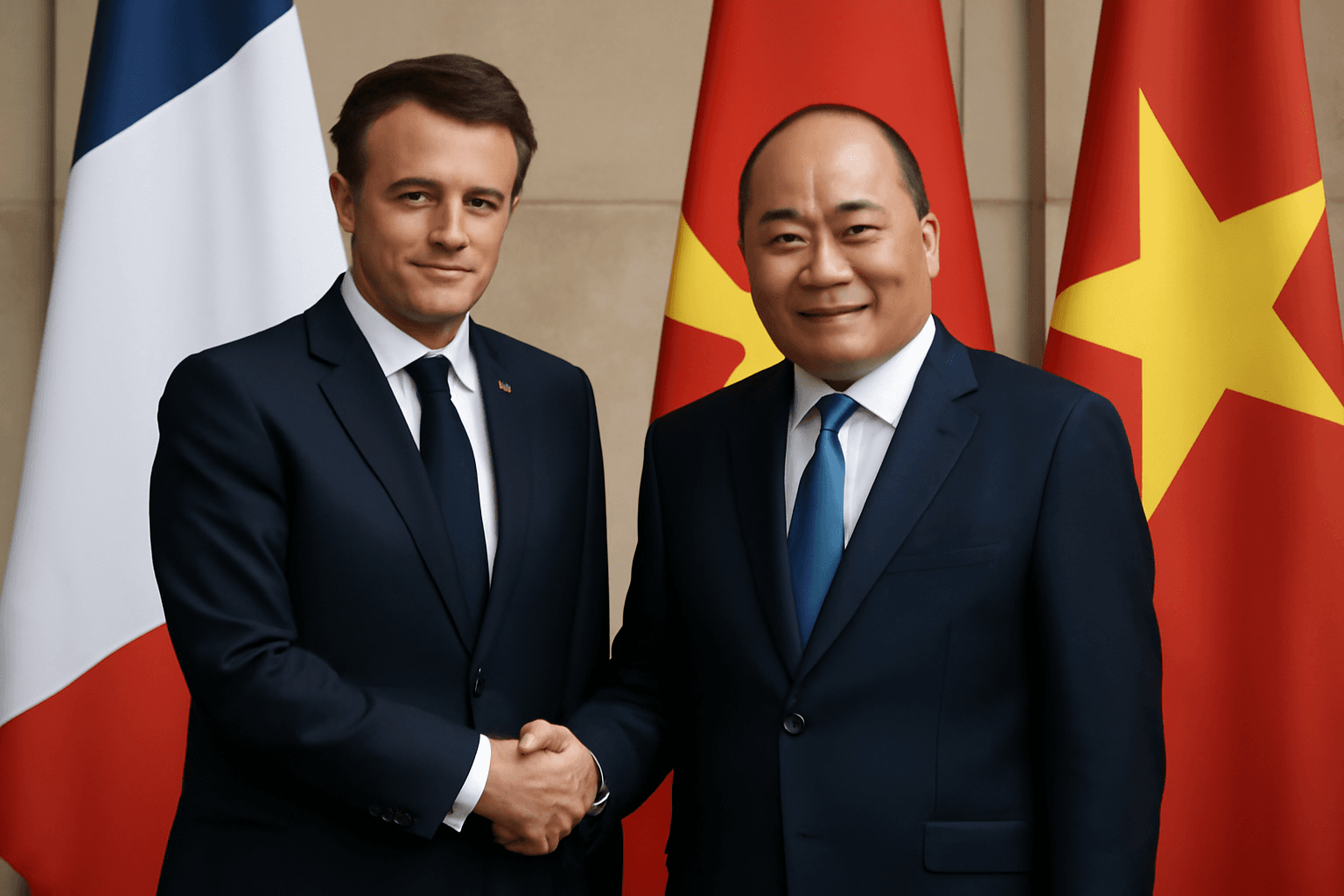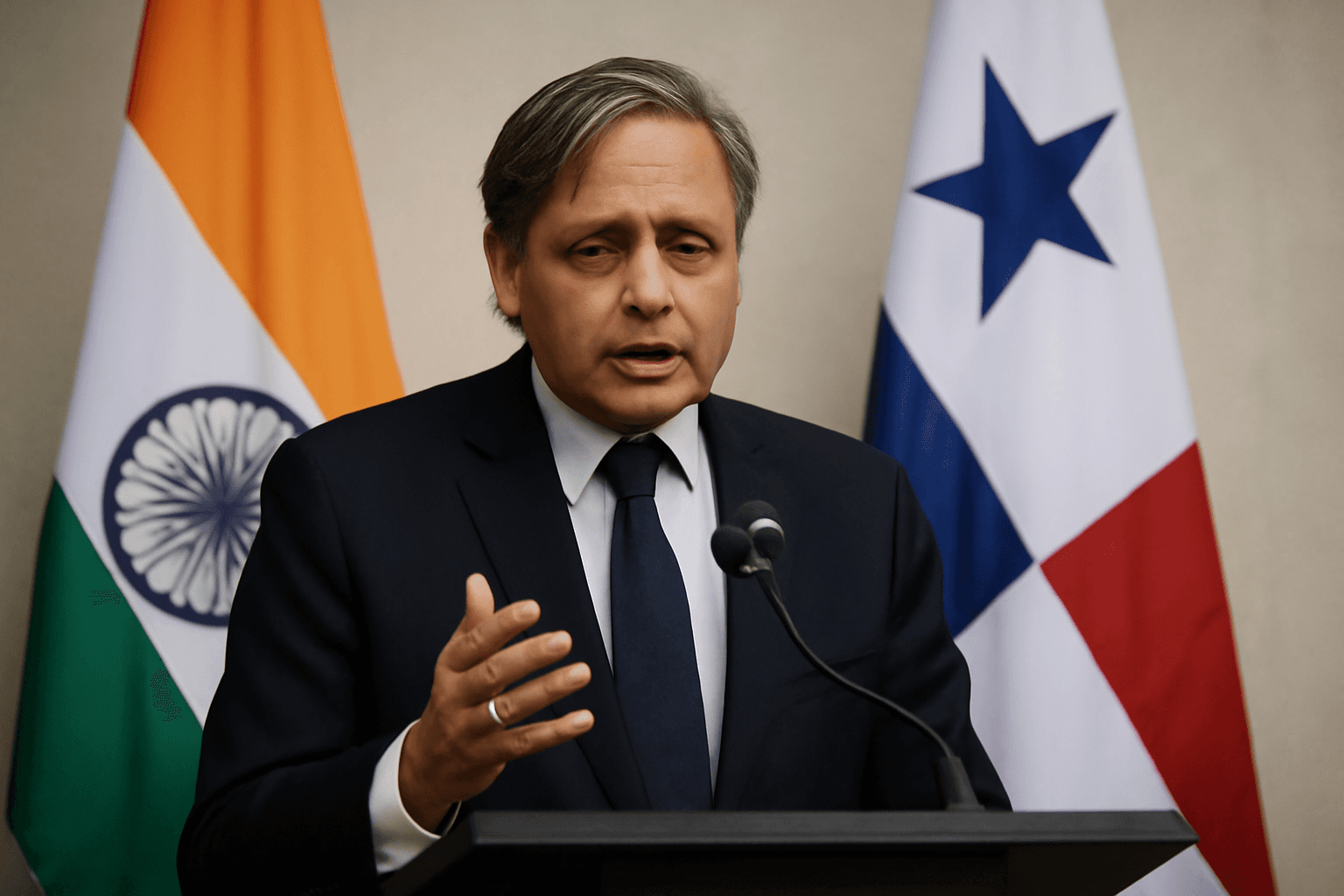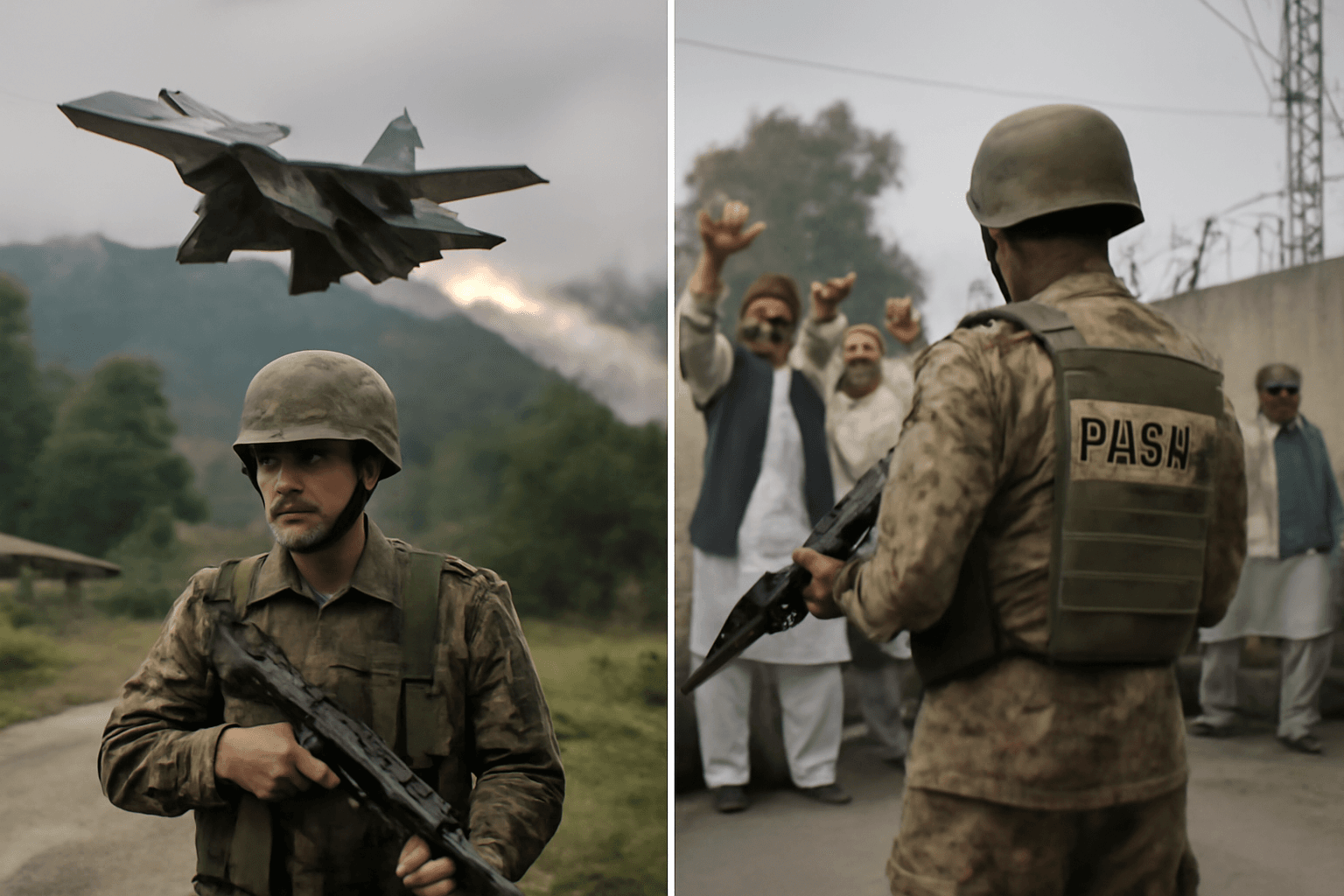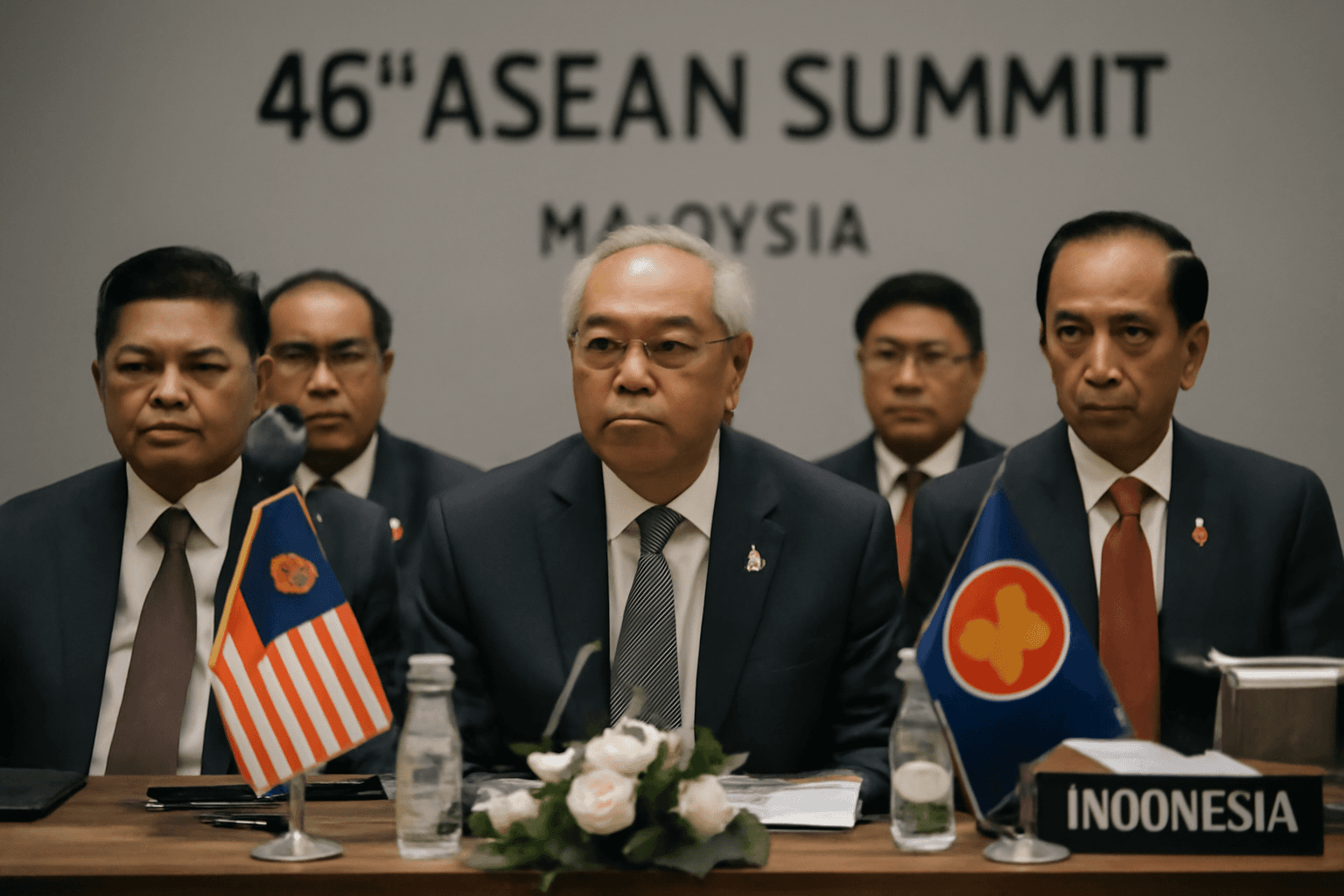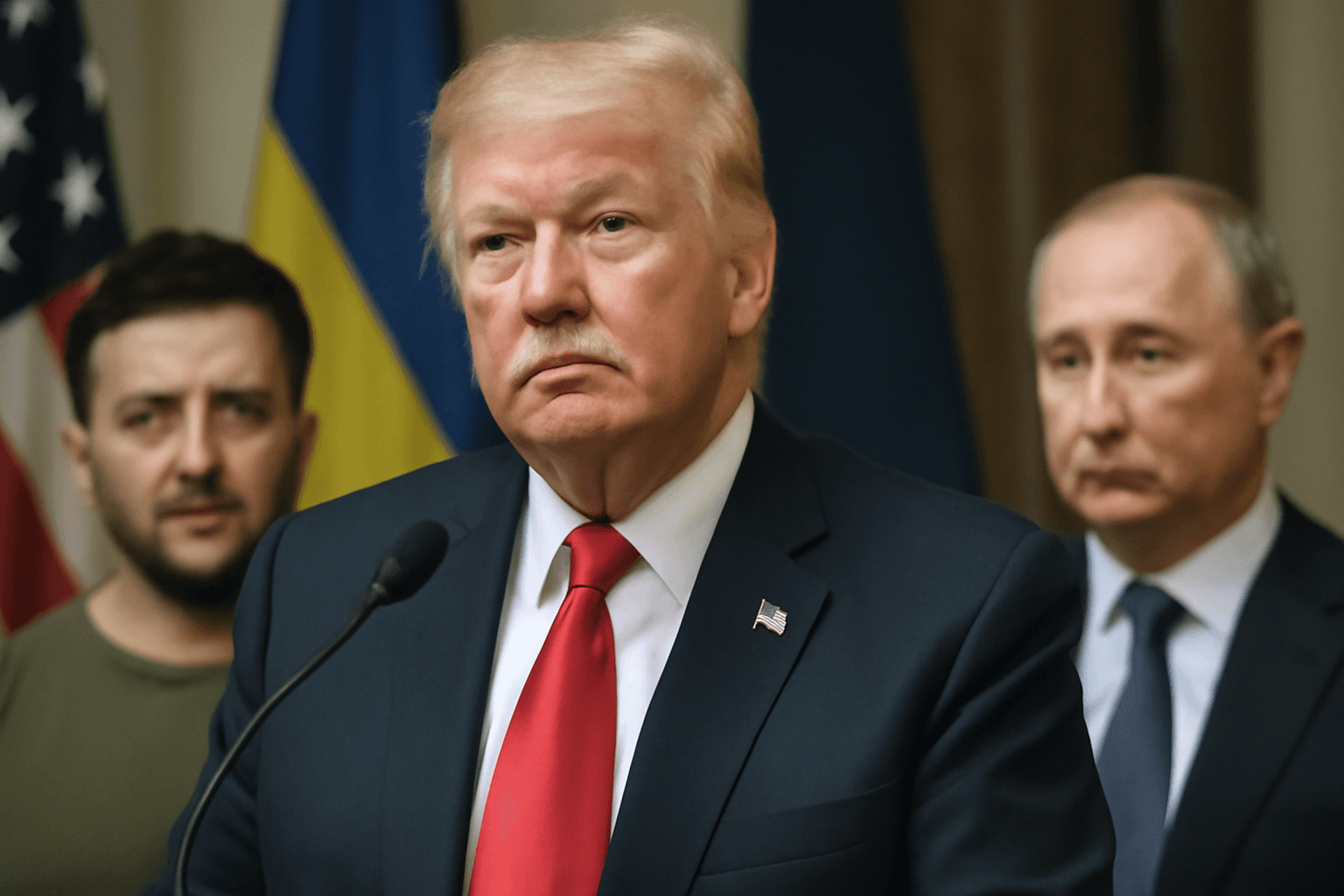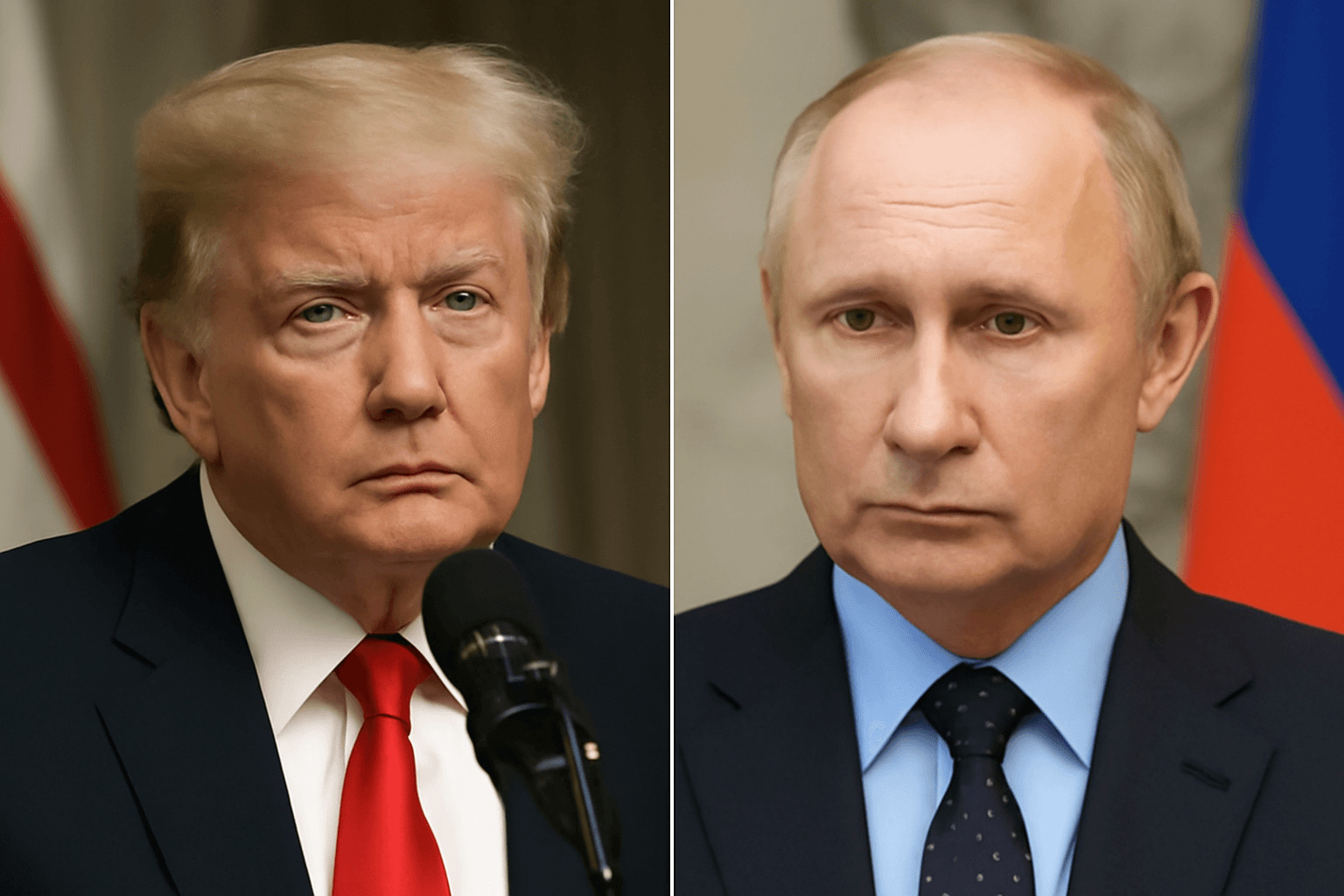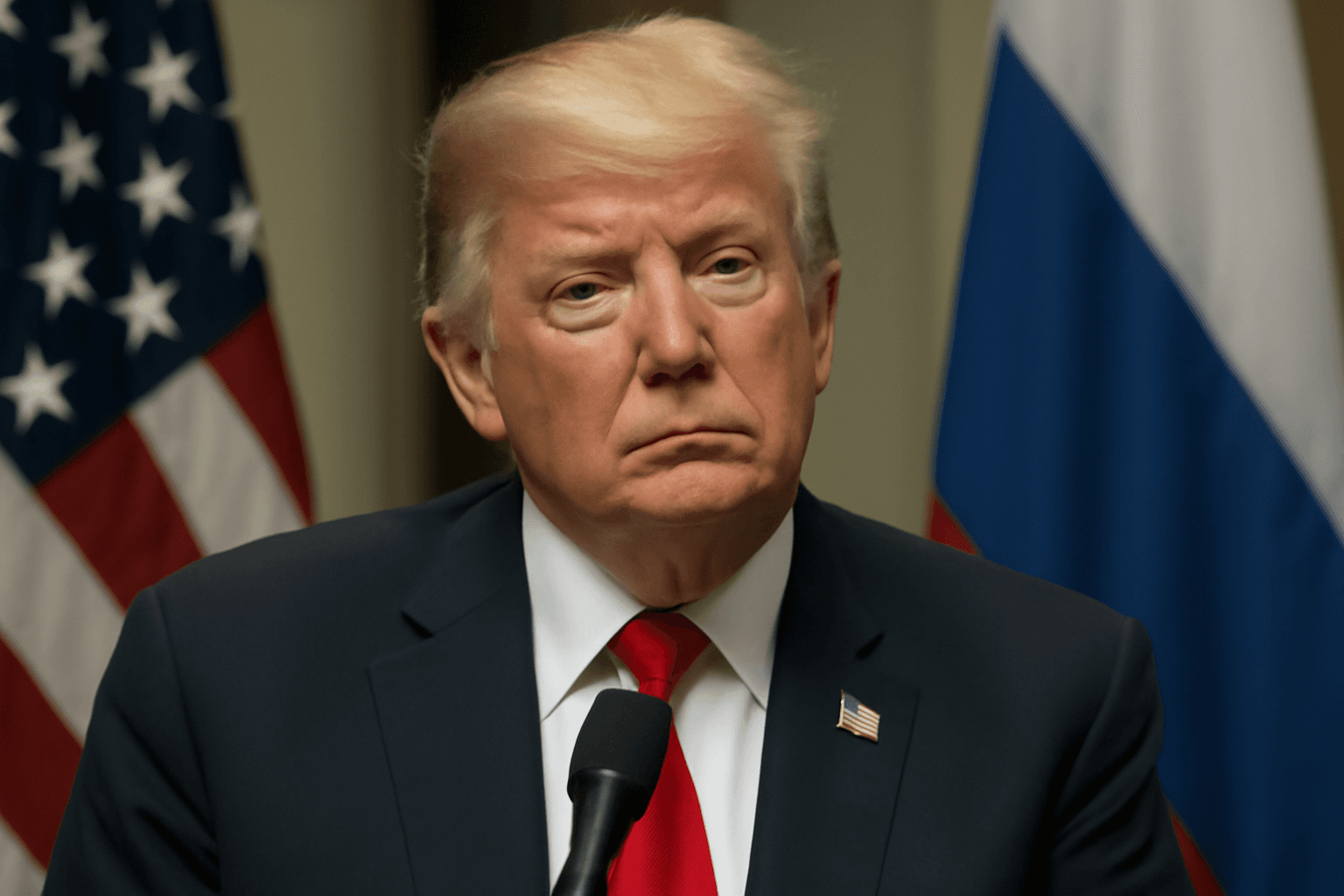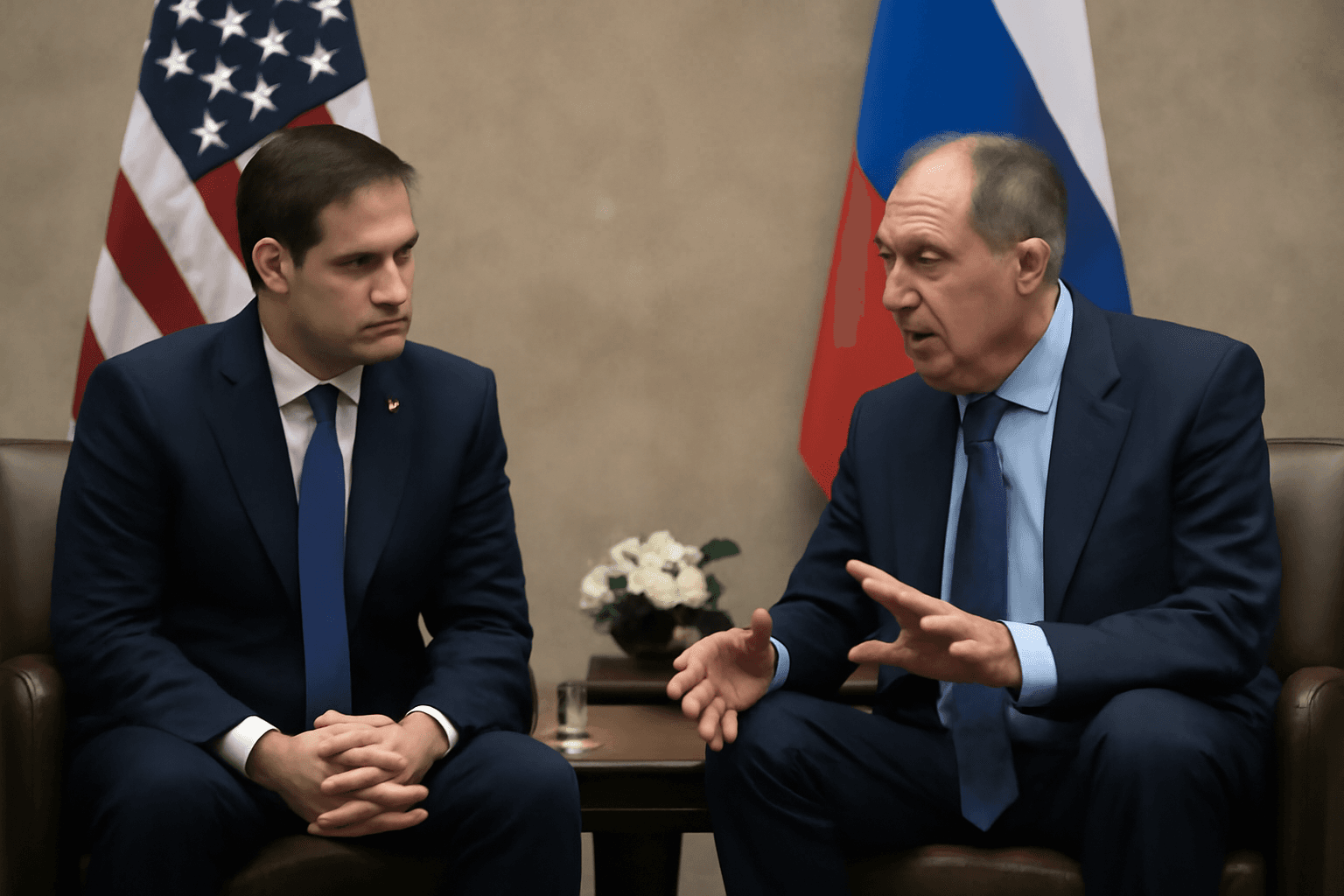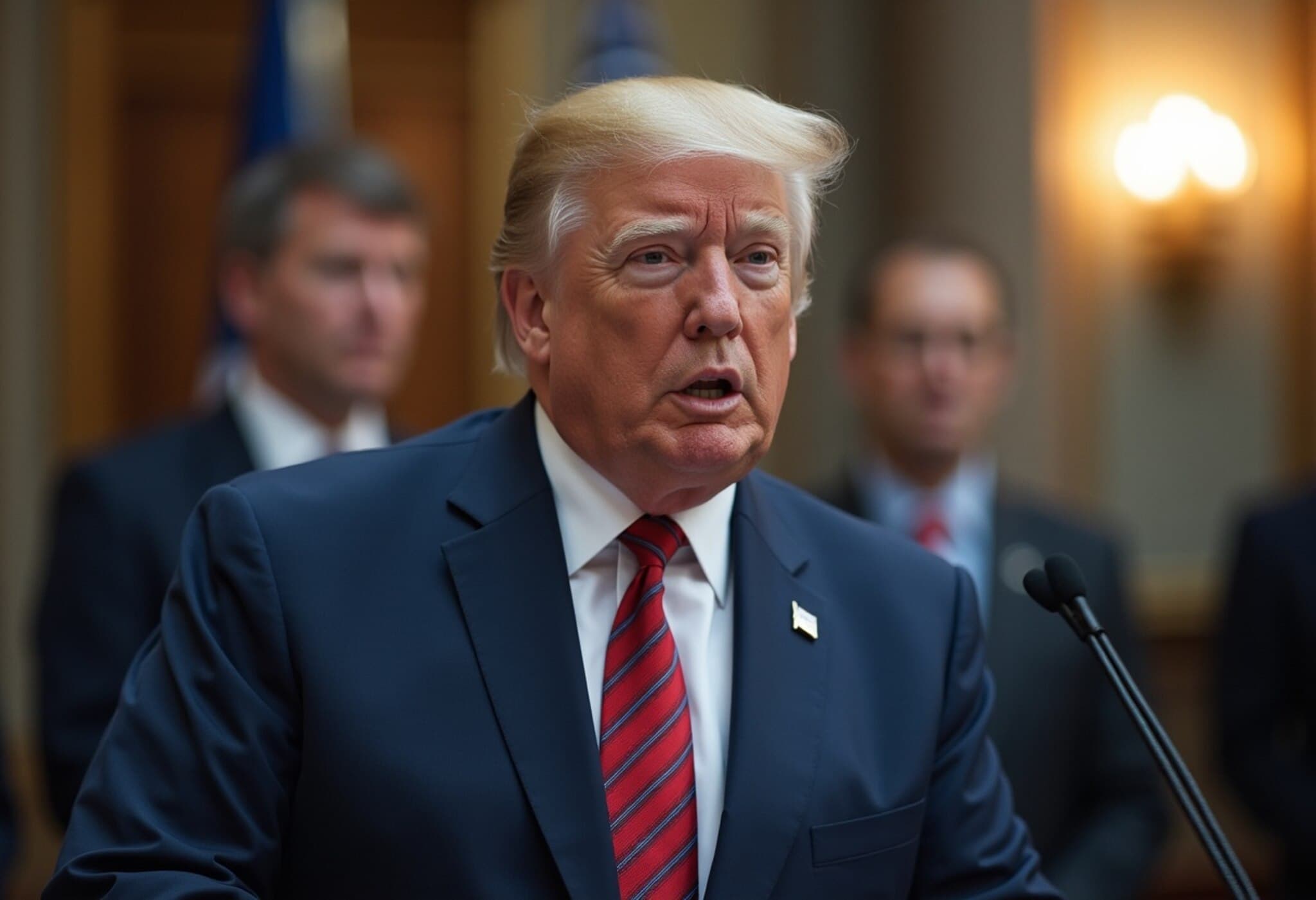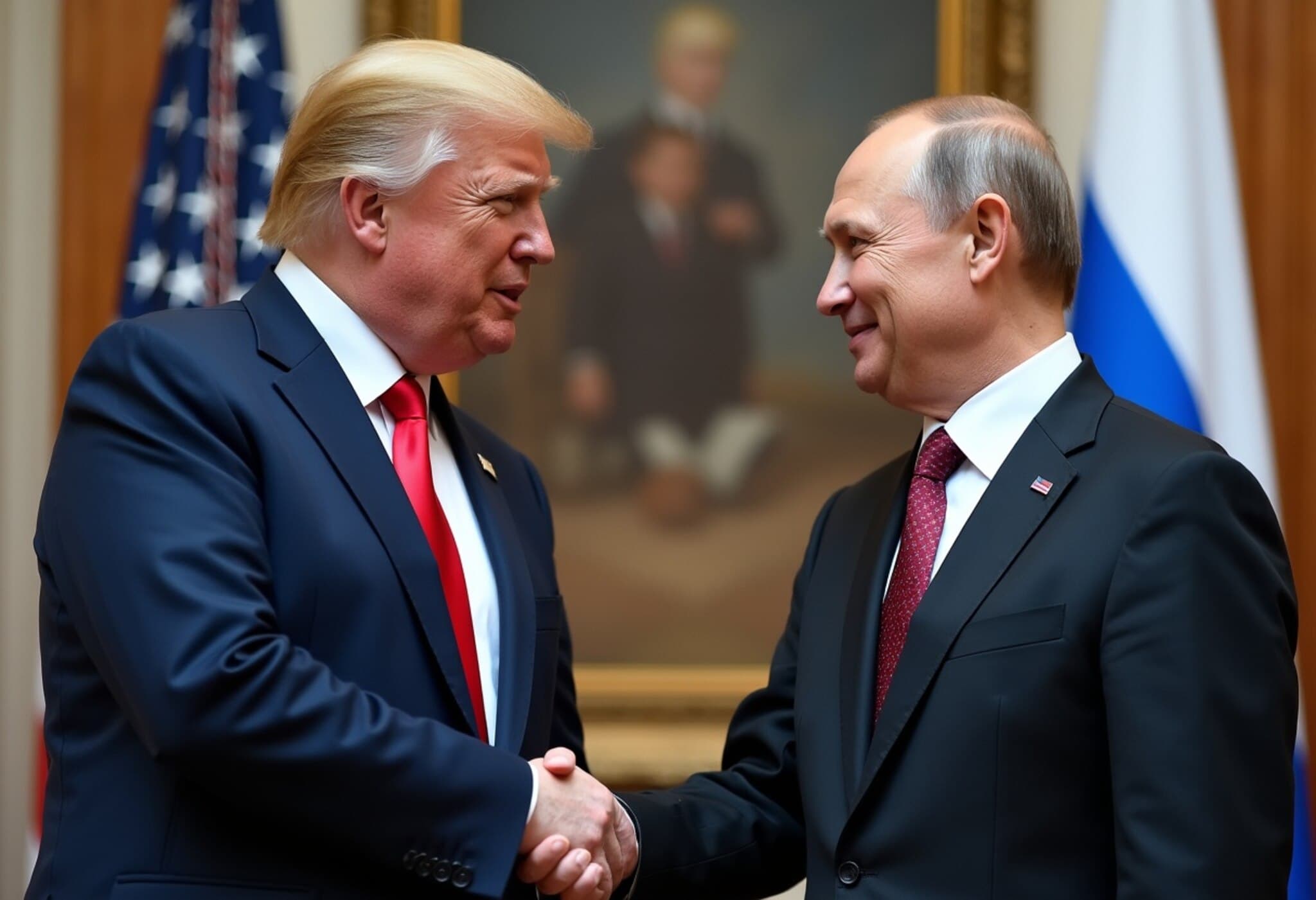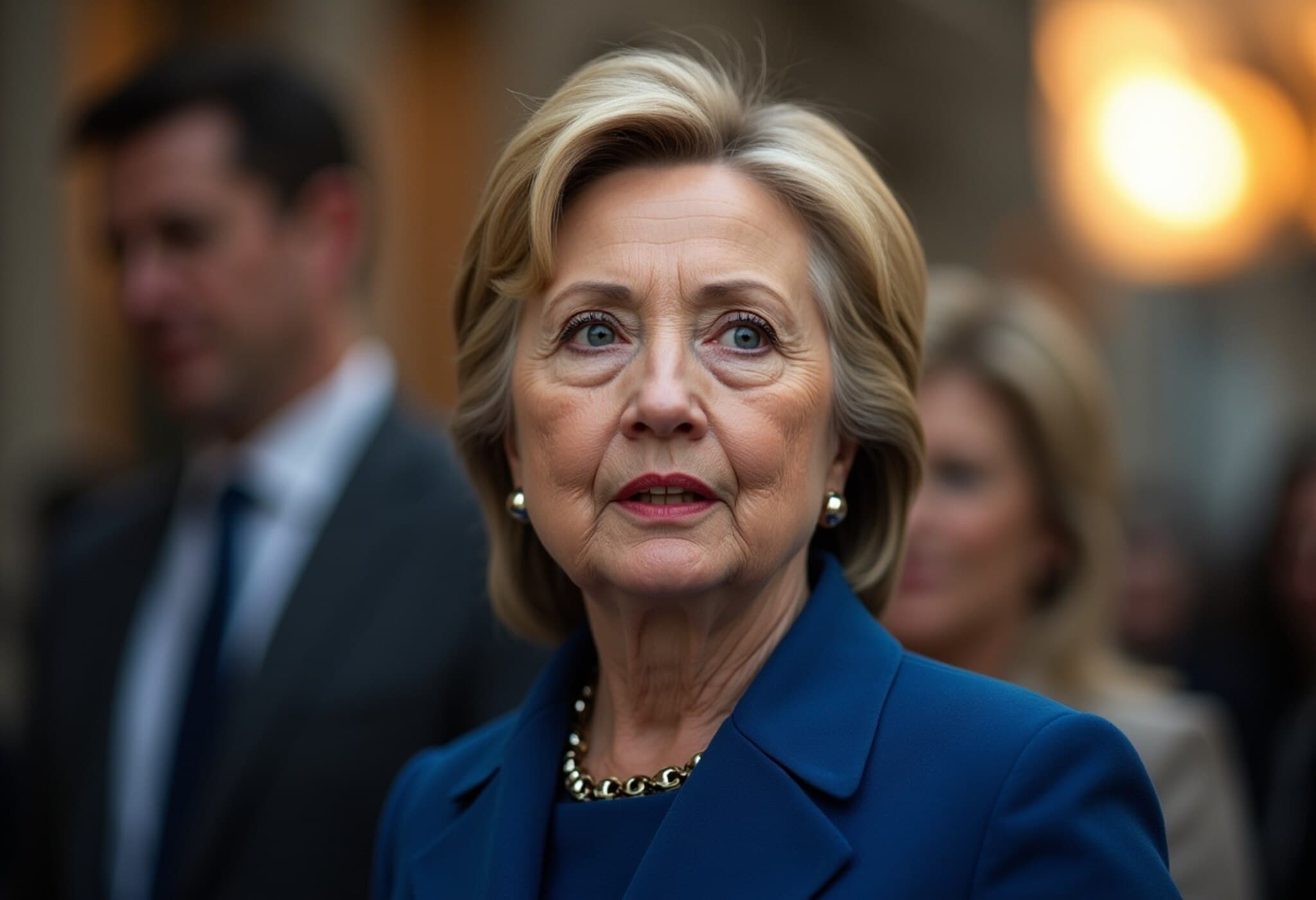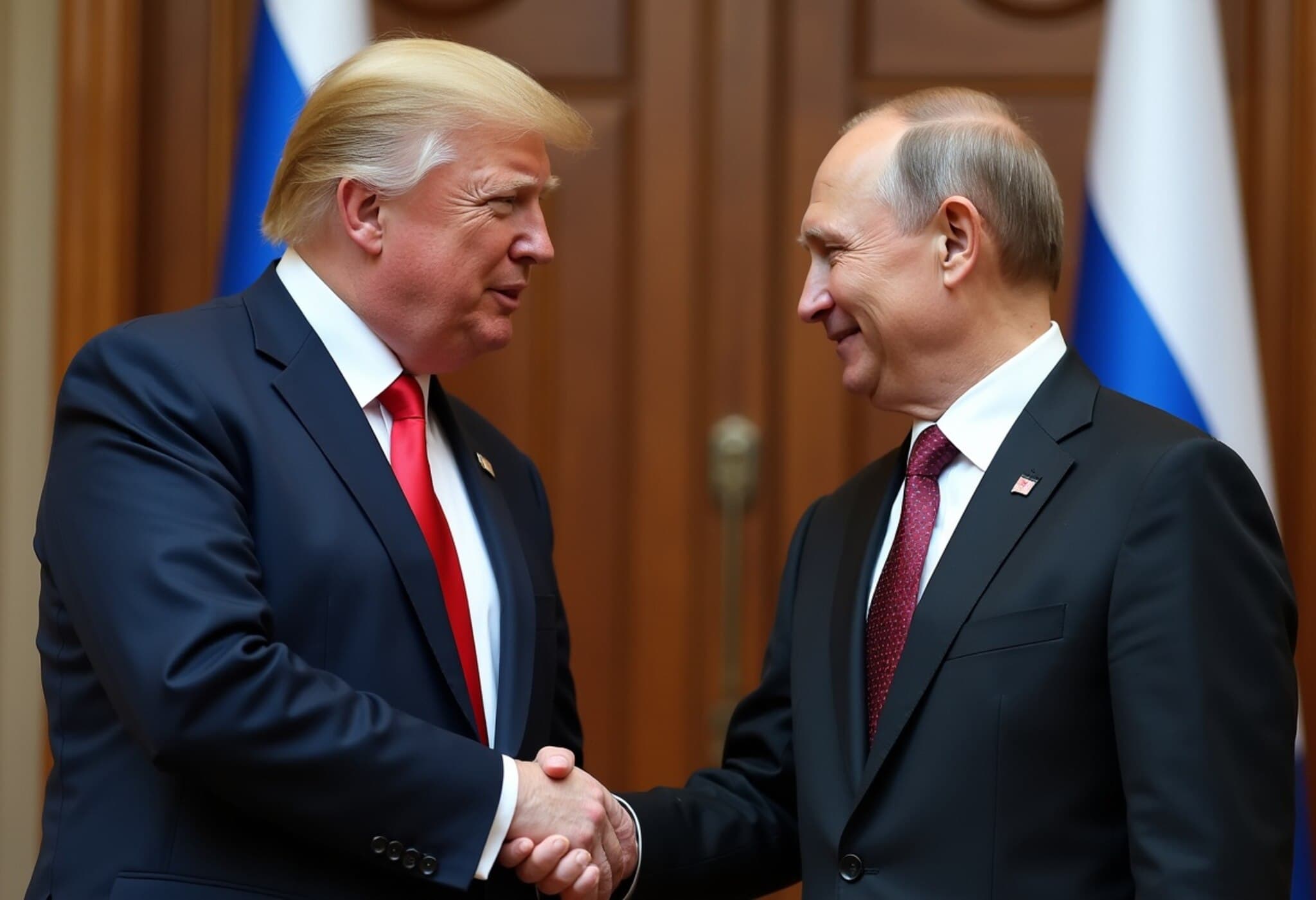White House Sets Modest Goals for Trump-Putin Summit on Ukraine Conflict
As President Donald Trump prepares to meet Russian President Vladimir Putin this Friday, White House officials are tempering expectations, framing the summit as an exploratory dialogue rather than a moment for sweeping diplomatic breakthroughs on the Ukraine war. The meeting, laden with geopolitical significance, is being described as an initial step to gauge Moscow’s intentions amid subtle indicators of a possible shift in Russia’s approach.
Trusting Trump’s Negotiation Instincts
According to senior White House sources cited by Politico, Trump’s main objective is to “take the measure” of Putin—essentially to assess whether the Russian president is sincere about seeking peace. This approach reflects a strategic choice to rely on Trump’s hallmark negotiation instincts. One official candidly described the strategy as “trusting Trump’s instincts.”
President Trump himself has described the upcoming encounter as a “feel out meeting,” emphasizing his confidence in his own deal-making capabilities. “I’m going in to speak to Vladimir, and I’m going to be telling him, ‘You got to end this war. You got to end it,’” Trump said. Reflecting his characteristic pragmatism, he added, “And at the end of that meeting, probably in the first two minutes, I’ll know exactly whether or not a deal can be made. Because that’s what I do. I make deals.”
Signs of Potential Movement from Moscow
Despite his frustrations with what he has called Putin’s “bullshit” and duplicity, White House officials highlight that there are tentative signs of progress. A senior administration official shared that “Putin offered a plan. It may not be viable yet, but there was something on paper, which shows progress.”
Special Envoy Steve Witkoff recently returned from Moscow with a message indicating Putin’s readiness to engage directly, a development that encouraged Trump to agree to the summit. While details about Putin’s proposal remain under wraps, both Trump and NATO Secretary General Jens Stoltenberg have acknowledged that the idea of “land for peace” — essentially territorial concessions in exchange for ending hostilities — is on the table. This concept has been firmly rejected by Ukrainian President Volodymyr Zelenskyy, underscoring a deep divide in potential peace terms.
The High Stakes of a Complex Conflict
Trump’s willingness to meet Putin without stringent preconditions stands out amid a conflict marked by deep mistrust and complex geopolitical interests. It signals his determination to explore any opening that may lead to peace while underscoring his belief in direct, personal diplomacy as the route to resolving the conflict.
“After they talk, Trump will be able to gauge how serious Putin is about peace,” another White House official told Politico. This meeting is seen as “the beginning of a new phase” in approaching the war, which has caused immense human suffering and strained international relations.
Multilateral Efforts and Next Steps
Parallel to the Trump-Putin summit, German Chancellor Friedrich Merz is organizing a virtual summit bringing together Trump, Zelenskyy, and European leaders. Scheduled for Wednesday, this meeting aims to discuss potential pressure strategies against Russia, security guarantees for Ukraine, and the sequencing of peace talks — all critical issues that will shape the possibilities of any durable settlement.
Expert Insight: Navigating Diplomacy Amid Mistrust
This summit highlights the complexity of negotiating peace in a multilayered conflict environment. American diplomatic experts emphasize that while the summit is not expected to unlock immediate agreements, it can open channels for dialogue, which are essential in any conflict resolution process.
Furthermore, the dynamic underscores how individual leadership styles — Trump’s deal-making approach versus conventional diplomatic frameworks — can influence the trajectory of international negotiations. It also puts a spotlight on the challenges of balancing US interests, NATO commitments, and Ukraine’s sovereignty in such diplomacy.
Key Takeaways
- White House views summit as exploratory, focusing on gauging Putin’s intent.
- Trump relies on personal negotiation skills, confident in quickly assessing prospects for peace.
- Putin has proposed a plan, signaling some willingness to engage despite unresolved contentions.
- Ukrainian leadership rejects territorial concessions, highlighting key negotiation hurdles.
- Multilateral virtual summit planned to coordinate Western and Ukrainian positions.
Editor’s Note
The Trump-Putin summit stands at a crossroads of diplomacy where the interplay of personal leadership, geopolitical strategy, and humanitarian imperatives converge. While the stakes are undeniably high, it is essential to approach expectations with realism, recognizing that trust-building in conflicts of this scale unfolds over time and requires sustained commitment from all parties involved.
As the world watches, the key question remains: can a meeting born out of skepticism and cautious optimism pave the way toward a durable peace, or will it reaffirm entrenched divisions? For policymakers, analysts, and citizens alike, this summit is a reminder that peace processes are not linear, often messy endeavors that demand patience and pragmatism alongside diplomacy.

